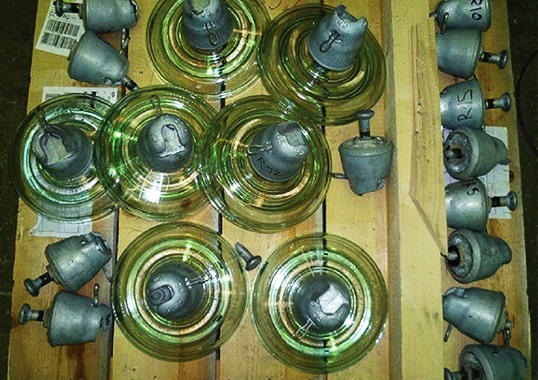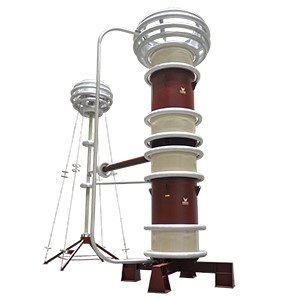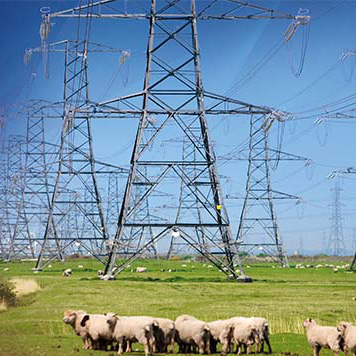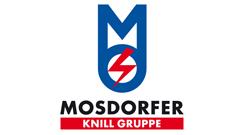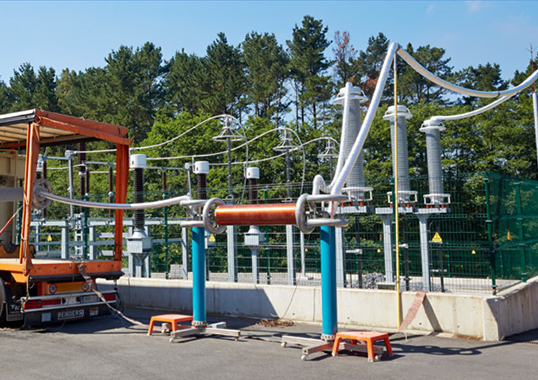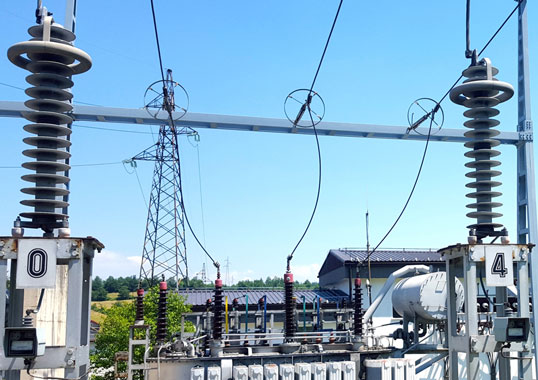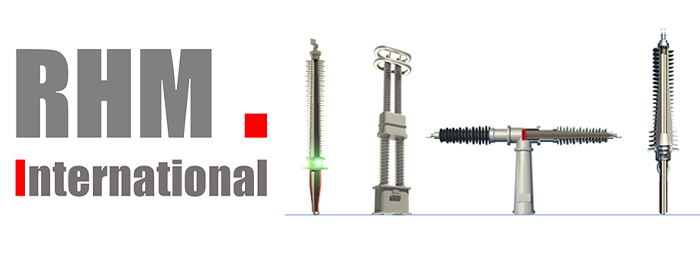Field experience over the past several years showed that cap & pin insulators from different suppliers could differ significantly in intrinsic product quality yet still pass the tests required in standards of the time. This finding prompted a review of standards with the goal of finding test methodologies that can help distinguish between high quality and inferior quality insulators.
In this edited past contribution to INMR, T&D expert, Alberto Pigini discussed the origins of this issue.
In his 1988 book Insulators for High Voltages, J.S.T Looms offered the following insight: “The purchase price of insulators, especially those of glass or porcelain, is totally dominated by market forces and bears no relation either to technical importance of insulation on transmission lines or to the cost of replacement and revenue loss in case of failure. In other words: insulators are absurdly cheap. The emergence of insulator production in parts of the world where labour costs are low has further increased the downward pressure on purchase price and upon the level of quality. However, a change of attitude towards insulators is now becoming apparent in some supply utilities. They start to consider true costs rather than merely purchase price …”
[
The above observations seem even truer today than when Looms first wrote them. Indeed, over the past 30 years there has been a major restructuring of the industry that supplies toughened glass and porcelain line insulators. For example, due to market forces, certain manufacturers have re-located production to new factories in low cost countries – sometimes accompanied by a corresponding loss of manufacturing experience. Also, new competitors have entered the business, some supplying insulators of questionable quality and usually offered at lower price than established brands. As a result, some power utilities who purchased these items based on lower acquisition cost underestimated the impact on total life cycle costs that include additional required diagnostics and more unscheduled maintenance.
[
Service experience and research have revealed that there can be great variance in the manufacturing quality of insulators – even though all may have formally passed standard IEC test requirements. This finding was pointed out in a past CIGRE paper by power companies and test laboratories from the Czech Republic, Sweden, Norway and Finland. These organizations reported on the poor performance of certain families of low quality glass cap & pin insulators. According to the authors, it was difficult to distinguish low quality from high quality insulators relying solely on standard IEC tests since insulators are usually ‘specially selected’ for type and sample testing. Moreover, the paper’s authors felt that requirements for type, sample, and routine testing are not stringent enough to always reveal lower quality insulators.
Similar experience was reported by utilities as well as a HV laboratory from Brazil and additional tests were then added to national standards with the goal of ensuring higher quality insulators. Again, there was the implicit recognition that what was being specified in IEC standards at the time – especially sample tests – was just not rigorous enough. In particular, based on research and experience, additional sample test was recommended when it comes to insulators made of toughened glass, including:
- RIV tests in dry & humid conditions;
- Steep-front impulse voltage test in air (a very important & selective test based on my experience);
- Residual strength test;
- Thermal-mechanical performance tests, with more severe test parameters;
- Impact test.
The importance of randomly selecting insulators for sample tests was also emphasized. For example, the tests described in the paper referred to above were carried out on 11 insulators from different manufacturers. These had been randomly selected from batches of insulators purchased in the past by participating utilities. Only 2 of the 11 insulators tested fully complied with new test requirements.
[
Although the above refers specifically to glass cap & pin insulators, similar conclusions could also be reached for porcelain discs. Although the manufacturing processes for both glass and porcelain insulators are well known and mature, they are nevertheless sensitive to even slight deviations. Careful selection of raw materials and proper quality control at every stage of production is fundamental to assure high quality in each item coming off the assembly line. Making sure that this is always the case can only be realized by increasing the severity of both sample tests and routine tests.
[

